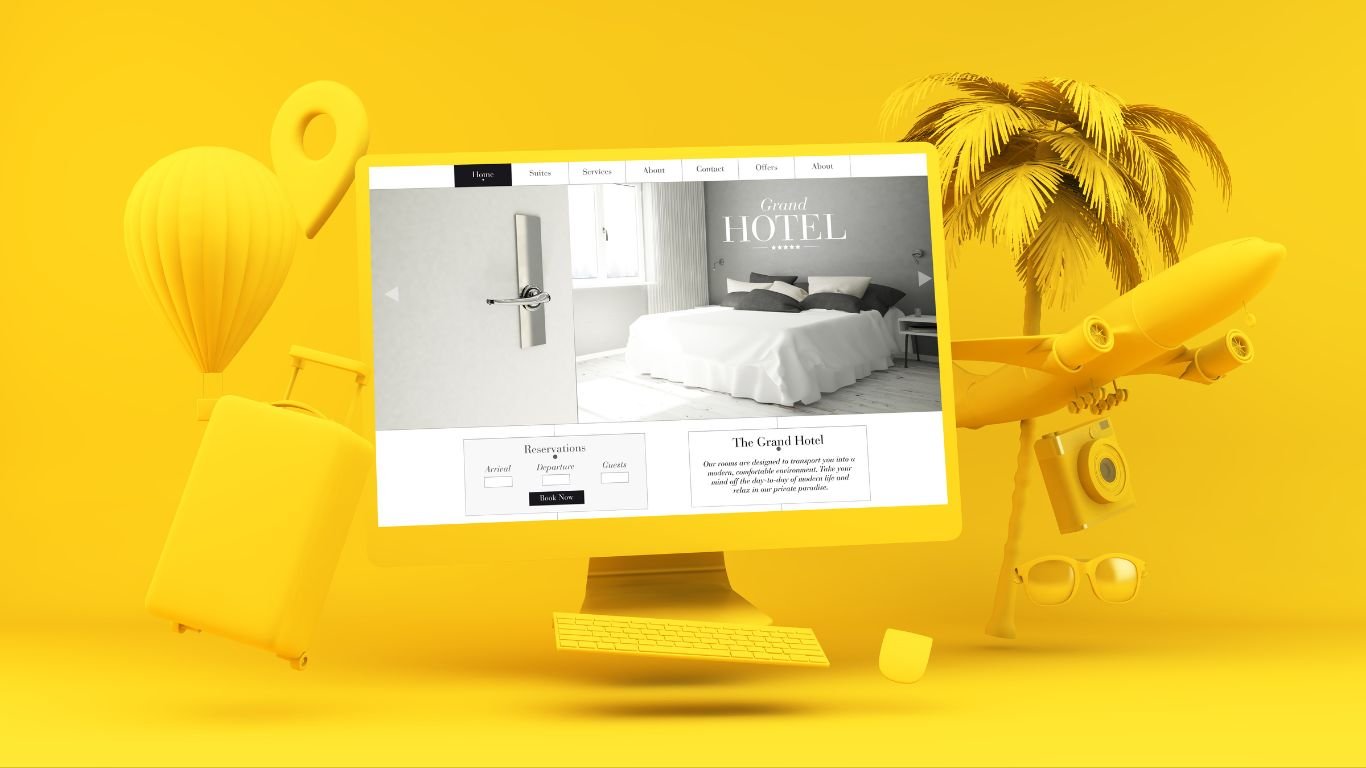
Navigating the World of E-commerce: Strategies for Online Sales Growth
The emergence of e-commerce has completely changed how firms function and has created unmatched chances for online sales expansion.
By Flavius Nitu

Websites have become the virtual storefront for most businesses, and as a result, having a great website is quintessential for making a positive impression on your potential customers. Effective web design is centered on the user, with the goal of achieving seamless user experiences that engage users and attract visitors.
Prior to starting a web design project, it is essential to have a thorough grasp of your target audience.
Create a website that meets their demands by researching their preferences, habits, and wants. Survey users, get their opinions, and examine their data to learn more about their surfing patterns and motives. You may build a website that appeals to your target audience and fulfills their expectations by matching your design decisions with their preferences.

Establish a Clear Information Hierarchy
A successful site design should logically and clearly prioritize its content. Establish a clear information structure that seamlessly leads people around the website. Make sure you prominently display crucial information and make it visible and accessible.
Make text readable and readable by using headings, subheadings, and visual clues. You may make it easier for people to locate what they’re seeking for quickly and effectively by structuring your information logically.
Intuitive Navigation
Navigation should be made more efficient because it’s essential to a smooth user experience. Create a navigation system that is simple to use and allows people to easily navigate the website.
For navigation menus, give them clear labels and arrange them rationally. Add a search box to make it easier to find certain material quickly. Use standardized navigational components throughout the website to increase usability and familiarity.
Responsive Design Is Mandatory
With mobile devices becoming more and more common, responsive design is crucial. Make sure your website is responsive, meaning it can be seen on a variety of screens and devices.
Content can automatically adapt to various screen resolutions thanks to responsive design, ensuring readability and usefulness for all users. To accommodate the rising number of visitors who access websites through smartphones and tablets, prioritize mobile-first design.

It’s Never Fast Enough
Users have limited patience for slow-loading websites in today’s fast-paced digital environment. Compress pictures, use browser caching, and reduce file sizes to improve the speed of your website. Prioritize quick page loads to improve user experience and lower bounce rates.
To ensure quick and flawless interactions for your users, regularly check and improve the speed of your website.
Graphics Must Engage
Visual components are important in web design since they successfully capture users’ attention and deliver information. Use top-notch graphics, videos, and photos that are consistent with your brand identity and appealing to your target market. To provide breathing room and improve readability, use whitespace intelligently.
Always choose a legible, aesthetically pleasing typeface. A visually captivating and immersive experience for users may be produced through the thoughtful integration of visual components.
Call Them To Act
CTAs are crucial for directing people to the actions you want them to do on your website. Place CTAs strategically on all of your web pages to promote conversions like newsletter signups, sales, and information requests. To bring attention to CTAs and encourage visitors to take action, utilize contrasting colors, clear wording, and persuasion in your writing.
To increase the impact of your CTAs and encourage desired user behaviors, test and adjust them frequently.

You may build websites that provide seamless user experiences and encourage engagement by using a user-centric approach. Understanding your target audience, developing a clear information hierarchy, simplifying navigation, adopting responsive design, emphasizing page speed, applying compelling imagery, including CTAs, and putting user feedback and testing into practice are essential aspects in becoming an expert web designer. Keep in mind that the secret to success is to iterate and evolve your design decisions depending on user input and developing trends.

The emergence of e-commerce has completely changed how firms function and has created unmatched chances for online sales expansion.

Businesses are continuously looking for novel approaches to interact with their target audience and produce significant results in the fast changing world of digital marketing.

Businesses rely largely on successful digital marketing techniques to reach their target audience and succeed in the digital era. With so many platforms, channels, and
